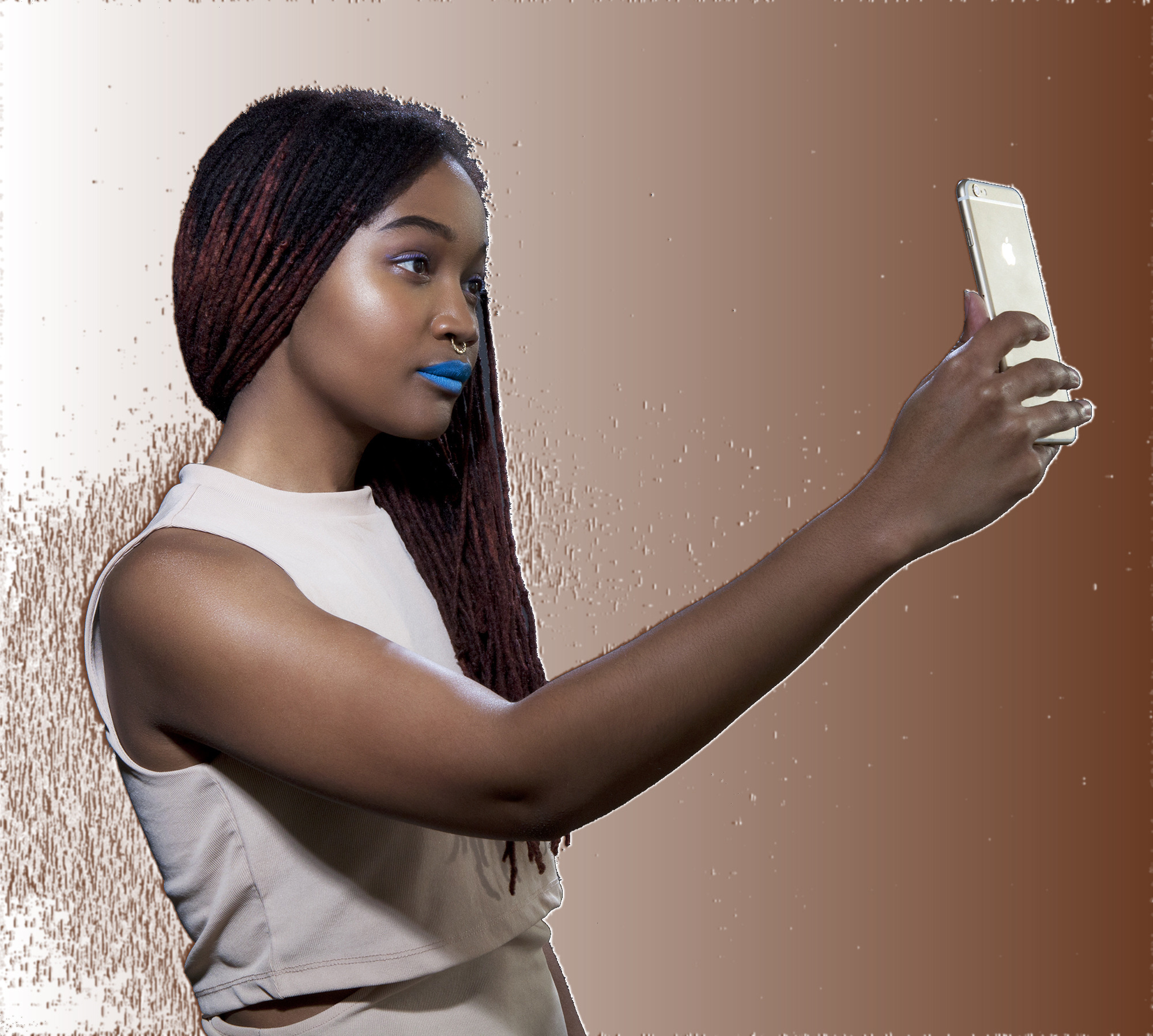Kimberly Drew in Conversation
Kimberly Drew is the founder of Black Contemporary Art, as well as the associate online community producer at Metropolitan Museum of Art in New York City.

Lyndsy Welgos: Your Tumblr Black Contemporary Art is a hugely important and influential space, which helps to educate your followers about the lost and forgotten ways that African-Americans have contributed to art history. As a historian, you have collected a wide array of art online. Do you think there should be a word used to describe this epidemic of institutionally suppressed histories and influences?
Kimberly Drew: Since starting the blog over five years ago, I’ve made it my mission to privilege and share the work of artists of African descent. With each MOV, GIF, or JPEG file, contributors use the blog as a vehicle to broadcast Black creativity. The thing is, there were artists making amazing work before the blog, and there will be innovation long after the blog retires or is rendered obsolete. At this point, it’s really on the institutions to make it their utmost priority to diversify their galleries (and their offices).
Panel discussions and talks are oversaturated right now with conversations concerning the use of the internet in the “contemporary art world.” In contrast to this, what do you think is a topic which needs more coverage?
Wait, doesn’t everyone love panels? Ha! In all seriousness, I absolutely don’t think there could ever be an end to talking about the internet and its influence on the art world that we know today. The entire system, the whole of the art world, runs on the web! Think about it: e-Tapestry, e-flux, iCloud, Google Docs … the entire ecosystem of the “art world” today is run on these web-based platforms. That said, I guess I’m hopeful that in the future we’ll have more integrated and sociologically complicated conversations. We’re in a time where everyone is becoming more visually literate and we need to talk about what this means for the future.
What do you find are the most problematic aspects of accelerationism and race? Or do you find there is no problem at all? This is something that I’ve never heard discussed.
I don’t know what accelerationism is … I googled it. I’m still lost. I think this question is a good opportunity to say that I’m not afraid to learn things that I don’t know yet. Much of my success and knowledge has stemmed from admitting that I don’t know something. For example, I started the blog because I personally wanted to know more Black artists, and now I know thousands. I’ll definitely be hitting up some smarter folks after this interview.
Perhaps I am cynical, but I sometimes feel that art takes credit for a lot of the work that was actually achieved by activists years before. Do find this to be the case, or do you feel that art is actually a fertile ground for social change, not just taste?

First, a visit to the Interference Archive is a great remedy for your cynicism. Their collection and their programming set out to use cultural ephemera to illustrate the histories of social movements. I often find that some of my current frustrations can be informed and sometimes calmed by looking at the past. In addition, I believe that social change at its most generous is an opportunity to create structural changes for the masses on a macro and micro scale. I think that the key to any social activism is a sincere commitment to accessibility and inclusivity. For many movements, employing images and image culture has been a path toward making their agendas clearer.
What are a few other social media accounts that you follow?

I love Grace Miceli and her entire @ArtBabyGirl and Art Baby Gallery movement. Grace recently put me onto Terrell Davis and his virtual gallery tensquared. I’d be remiss not to mention my girl Rianna Jade Parker, a writer based in London who is a contributor to Black Contemporary Art, a co-founder of The Lonely Londoners, and the author of the best playlists on either side of the pond. Oh, and one more, I love love love Jazmine Dior’s social media. She’s so cool.
Lyndsy Welgos is the founder and the director of Topical Cream 501(c)(3).
Photo assistance by Casey Silverstein; makeup by Bamike Ogunrinu.